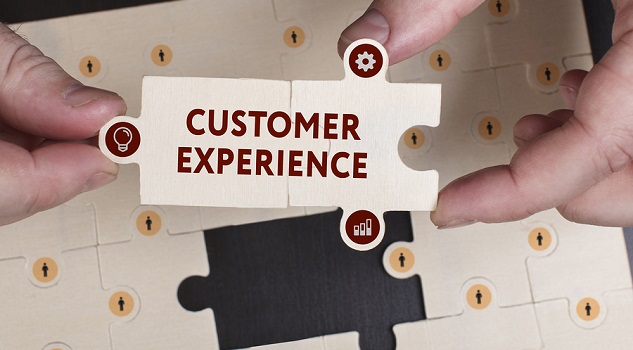Most businesses are aware of the importance of managing the customer experience (CX). However, while 80 per cent of CEOs believe their company offers exceptional CX, just eight per cent of their customers agree.
Organisations need to differentiate on CX because nine out of 10 customers are willing to pay significantly more for a better experience. If they don’t get that experience, they can easily walk away. This demonstrates that there is something missing in how businesses are managing the customer experience and customer satisfaction. Businesses therefore need to evolve their CX thinking to get better results.
There are five key trends businesses need to consider for their CX management programs this year:
1. Connected experiences matter
Innovations come from connected data. It’s clear that the employee experience is inextricably tied to the customer experience, and this is making way for new roles such as the Chief Experience Officer. Businesses will start to link employee satisfaction and motivation to customer behaviour and profitability in new ways, using comprehensive data. Nurturing a customer-centric approach throughout the employee lifecycle is crucial. Highly-engaged employees turn customers into fanatics, products into obsessions, and brands into religions.
2. CX payback is required
Businesses now know that happy customers don’t necessarily create higher profits. However, few practitioners calculate ROI based on business outcomes. Instead, they rely on the soft metrics such as net promoter scores. While these soft metrics form a useful baseline, it’s more important to track business data such as customer acquisition costs, the cost to serve customers, the rate of customer churn, share of wallet and word of mouth. Some organisations also measure the negative outcomes that come from doing nothing, which can include loss of sales, decreased market capitalisation, and increased costs. Businesses should start demanding real evidence that CX programs are delivering on the investment.
3. CX programs will become three-dimensional
There are three key dimensions of an effective CX program: the head (scores and objectives); the heart (CX values and purpose); and the hand (action and empowerment to make real-time decisions). CX management needs to take them into account and create space for frontliners to make decisions that will positively impact the customer experience. For organisations that say their employees are their greatest asset, enabling them with greater tools and latitude to service the customer will help reinforce it.
4. Journeys will outweigh interactions
Measuring discrete interactions can give a valuable point-in-time view of the customer experience. However, while a customer may be happy with the performance of frontline staff, for example, the time it takes to receive their product or service may result in an overall negative perception of the company. Therefore, businesses will move towards measuring the entire journey and this will make way for efficiency gains and innovation.
5. Predictions will become more powerful
This year will see a unification of customer experience and operational data, or X and O Data, as well as a strengthening accuracy of analytics. This will allow organisations to understand what truly matters to their most valuable customers. Predictive analytics already automatically surfaces the actions that will most likely have the biggest impact on the customer experience. Businesses will therefore be able to clearly see where to strike the balance between over delivering on customer expectations (which can impact operating costs) and under delivering (which can cause customers to go elsewhere).
The emerging tools and techniques for customer teams provide new, insightful avenues for customer interactions and allow CX programs to evolve and improve. But it’s important to be on the leading edge of this evolution to outperform competitors.
Vicky Katsabaris, CX Subject Matter Expert and Principal Consultant, Qualtrics















